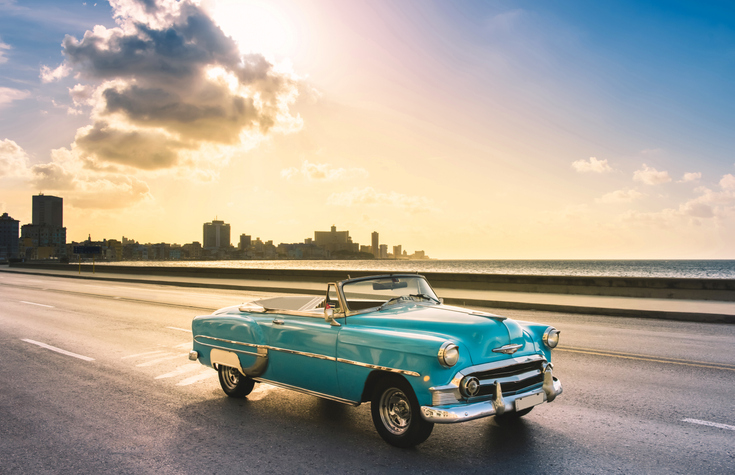
There’s something unmatched about cruising around in a piece of history. People have all kinds of reasons for getting a vintage vehicle—maybe it reminds them of the old days, or a car a relative had once upon a time. Some have an appreciation for a certain era in automotive history, while others love the vintage car collector scene with the many exciting events and sociable cruising occasions the hobby can lead to.
Whatever the reason behind the purchase, a buyer of a vintage automobile needs to do so with their eyes fully open, as the maintenance on these cars is no small task.
Vintage cars that are neglected can quickly decay, losing their value and appeal. With the right care, however, a vintage vehicle can stay on the road for many years, loved by its owner and impressing on the collector scene.
Let’s take a look at some top tips for keeping a vintage car in tip top shape!
Keep the Old Baby Well Maintained
Professionals with auto mechanic training know the importance of keeping a regular maintenance schedule. While even newer models need regular maintenance to stay in good shape, vintage cars rely even more on owner vigilance for keeping a routine checkup schedule. If you’re looking to care for a vintage car, keeping fluids properly topped up and staying on top of regular maintenance will be a must.
Clean and Wax Often for Protection and Aesthetics
Keeping a vintage car clean and shiny isn’t just about turning heads on the collector circuit. It’s also crucial for preventing rust and decay so the vehicle can stay on the road and retain its value for as long as possible. Get into a regular routine of cleaning off damaging contaminants like dirt, salt, and grime everywhere from the body to the wheels and undercarriage. Be sure to use a specially formulated automotive soap, as other detergents like dish soap can take the wax right off an older car.
Keeping the cabin clean is just as important for retaining value, as molds, and other contaminants can lead to funky smells that become difficult to remove. Dirty carpets can also keep things damp, which can cause rust to formulate.
Students in Auto Mechanic Training Might Understand the Damaging Effects of the Elements
Sun, snow, and rain are tough on all cars, but especially so on delicate vintage automobiles. Scorching UV rays will cause damage to paint and finishes, and will cause your sweet glossy shine to fade rapidly. Intense heat can also cause quick decay in the car’s cabin. If you live in a wet or cold climate, this can also be problematic as all forms of moisture, in liquid or ice form, will eventually lead to damp and rust.
To protect your vintage vehicle from all of the above, invest in a good quality car cover or keep it parked in your garage in between drives.
Remember to Use It or Lose It
Now that you’ve got it parked in the garage, for heaven’s sake don’t keep it there! A huge mistake that newbie collectors make is leaving their prized possession unused, which can lead to all kinds of issues.
If you want to become a mechanic, you might love cars. It’s important to remember that loving and caring for a vintage car means taking it out for a spin. Running a vehicle often is a routine part of keeping the engine in good working order. Not using the engine is like us not using our bodies—things get stiff, seize up, and begin to break down. Now imagine the older kind of body and inner workings we see in vintage cars; if left unused, cogs and seals can begin to dry out, which can lead decay and leaks. Condensation and dampness can also set in if the car’s left lying around like a museum piece.

The rule of thumb for preventing the aging process is to drive a vintage car at least once or twice a month, for a good half hour cruise minimum. This will help keep it purring and turning heads on the road for many years to come.
Are you interested in taking attending auto mechanic school to learn more about the ins and outs of all kinds of vehicles?
Contact CATI today!
